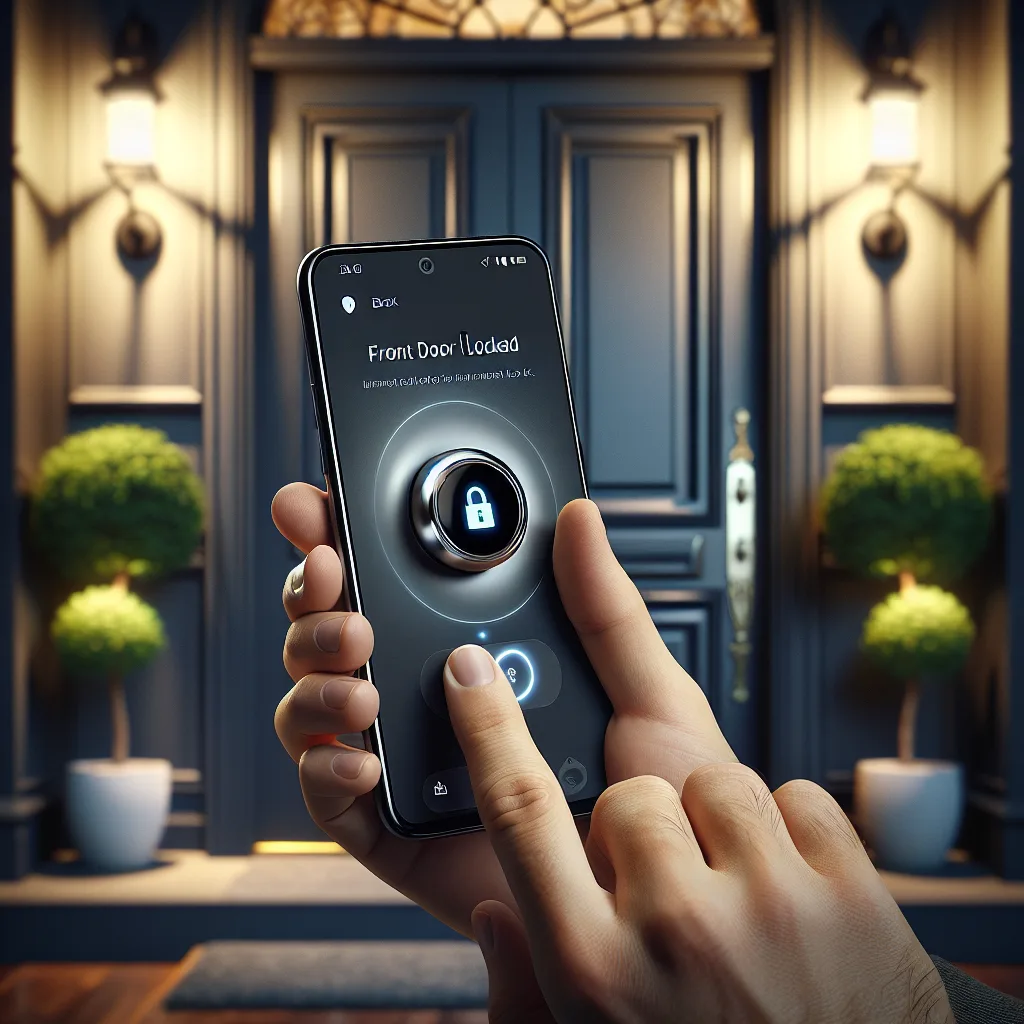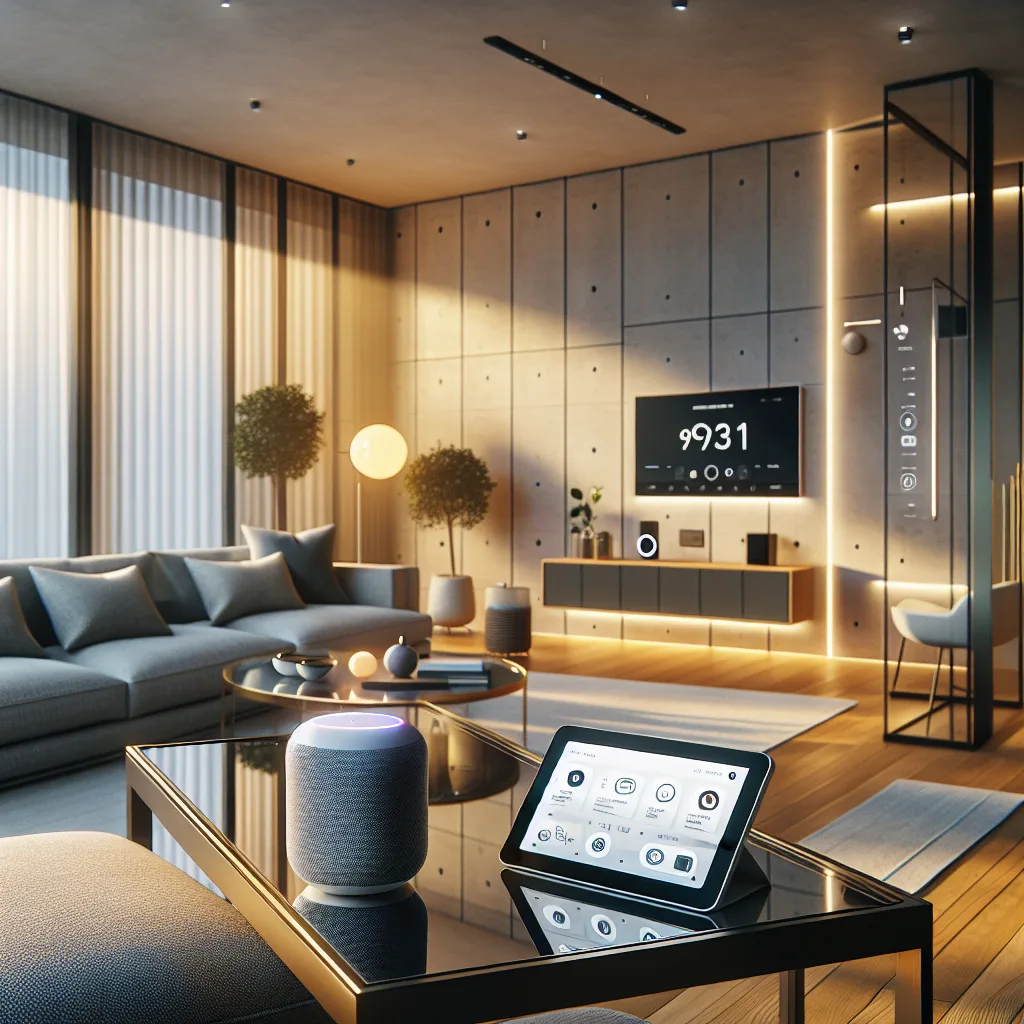Exploring the practical reasons behind choosing solar power with insights from EcoFlow
If you’ve ever wondered “why solar” makes sense for everyday life, you’re definitely not alone. Solar power has been growing in popularity, but sometimes it feels it’s just for the tech-savvy or those looking to make a huge investment. In this post, I want to share a straightforward look at why solar power is worth considering — inspired by some really clear points shared by EcoFlow, a name many of us recognize in the portable power space.
Why Solar? The Basics
To start, let’s talk about what “why solar” really means for most people. At its core, it boils down to using sunlight to produce electricity—a clean and renewable resource. Unlike fossil fuels, solar energy doesn’t run out and it doesn’t create pollution while generating power.
EcoFlow highlights a few simple benefits that resonate with me:
- Energy independence: You can generate your own power at home or on the go.
- Cost savings: After the initial setup, solar systems can significantly reduce electricity bills.
- Eco-friendly: Solar power helps cut down on carbon footprints.
These points make the decision pretty straightforward for reducing reliance on traditional power grids.
How EcoFlow Frames the “Why Solar” Question
EcoFlow approaches solar power not just from an environmental stance but also from a very practical, everyday use perspective. Their portable solar generators, for example, show how you can take solar energy with you anywhere, whether it’s camping, working remotely, or during emergencies.
This practical side of “why solar” is compelling, because it’s about immediate and tangible benefits:
- Portability: Power your devices without needing a wall outlet.
- Reliability: Keep essential equipment running during outages.
- Versatility: Use solar power in diverse settings, not just at home.
It’s a great reminder that solar doesn’t have to stay fixed on your rooftop; it can move with you.
The Financial and Environmental Upsides
Investing in solar often makes more sense than it seems at first. The price of solar panels and kits like those from EcoFlow has dropped over the years. Plus, you can find incentives and rebates depending on where you live.
For many, the key question is, “Will solar save me money?” The answer is often yes, especially when combined with energy-efficient habits. Beyond savings, you get the feel-good aspect of doing your bit for the planet.
If you want to dig a little deeper, check out the U.S. Department of Energy’s Solar Energy Basics or EnergySage’s guide on going solar.
A Quick Note on Going Solar Today
Here’s the takeaway: Whether you’re thinking about installing solar panels on your roof or picking up a portable solar power station, it’s worth asking the question, “why solar?”
It’s not about flashy tech or unclear promises. It’s about using a natural resource to meet your energy needs more cleanly and often more cost-effectively.
If you like the idea of having power wherever you go, portable and reliable, look into solutions from brands you trust, like EcoFlow. Their user-oriented approach shows that solar is practical — not just an idealistic dream.
Wrapping It Up
So, why solar? Because it offers a real path to energy freedom, savings, and a lighter environmental load. It’s a choice many can make, with tools and technology that are easier to access than ever.
If you want a closer look at EcoFlow’s products, visit their official website to see how they’re making the benefits of solar power accessible for everyone.
Thanks for reading! If you’re curious or already diving into solar power, I’d love to hear your thoughts or experiences. After all, the more we talk about simple, realistic reasons to go solar, the more people can make informed choices about their energy future.








